Revamp Your Bath: Eco-Friendly Materials for Sustainable Bathroom Ideas

When updating your bathroom, embrace sustainable practices with eco-friendly materials like recycled…….
Eco-Friendly Bathroom Remodeling: A Sustainable Future for Home Design
Introduction
In an era where environmental consciousness is increasingly important, eco-friendly bathroom remodeling stands out as a critical intersection of sustainability and home improvement. This article delves into the practices, benefits, and considerations of transforming bathrooms with a minimal carbon footprint. We will explore the significance of this approach, its global impact, economic implications, technological advancements, policy frameworks, and future prospects. Readers will gain a comprehensive understanding of how to incorporate eco-friendly solutions into their bathroom renovation projects.
Understanding Eco-Friendly Bathroom Remodeling
Eco-friendly bathroom remodeling involves the thoughtful integration of sustainable materials, water-saving fixtures, energy-efficient lighting, and ventilation systems that minimize environmental impact while providing functionality and aesthetics. This approach encompasses a wide range of practices from sourcing renewable resources to ensuring waste is properly managed. The historical context of eco-friendly remodeling began with the recognition of finite natural resources and the need for sustainable alternatives. Today, it represents an integral part of the broader green building movement.
Global Impact and Trends
The global influence of eco-friendly bathroom remodeling is evident in the increasing number of homeowners, builders, and designers adopting sustainable practices. Key trends include the use of recycled materials, rainwater harvesting systems, and the integration of smart technology to monitor and reduce water and energy usage. Regions like North America and Europe lead in the adoption of green building standards, with Asia following suit, driven by both environmental concerns and governmental policies. The Middle East and Africa are also seeing a growth in eco-friendly remodeling, though at different paces and influenced by distinct regional challenges.
Economic Considerations
The economic aspects of eco-friendly bathroom remodeling are multifaceted. Market dynamics show a growing consumer demand for sustainable homes, which has led to increased investment in green technologies and materials. Economically, these investments can offer long-term savings through reduced utility costs and potentially higher property values. Eco-friendly renovations also play a role in economic systems by creating jobs in the green construction sector and stimulating innovation in sustainable product design.
Technological Advancements
Technological advancements have significantly impacted eco-friendly bathroom remodeling. Innovations such as low-flow toilets and showerheads, greywater recycling systems, and advanced insulation materials contribute to water and energy conservation. Smart technology enables homeowners to monitor their consumption patterns, adjust settings remotely, and receive real-time feedback on their bathroom’s environmental impact. Future potential includes the integration of biophilic design principles and the development of self-cleaning and self-sterilizing surfaces that reduce the need for harsh chemicals.
Policy and Regulation
Policies and regulations are instrumental in shaping the trajectory of eco-friendly bathroom remodeling. Building codes and green certifications incentivize the use of sustainable materials and energy-efficient fixtures. Legislation on water usage and waste management directly impacts the choices available to homeowners and designers. International frameworks like the Leadership in Energy and Environmental Design (LEED) and the WELL Building Standard set benchmarks for sustainability, influencing both policy and consumer behavior.
Challenges and Criticisms
Despite its numerous benefits, eco-friendly bathroom remodeling faces challenges such as higher upfront costs, the availability of sustainable materials, and the need for skilled labor familiar with green technologies. Criticisms include concerns over the efficacy of certain “green” products and the potential for greenwashing—where products are marketed as environmentally friendly without substantial evidence. Overcoming these issues requires a combination of education, transparent reporting, and the adoption of industry standards that ensure genuine sustainability.
Case Studies
Several case studies exemplify the successful integration of eco-friendly practices in bathroom remodeling. For instance, a homeowner in California retrofitted their bathroom with a rainwater collection system, solar-powered water heating, and non-toxic, recycled materials, resulting in significant utility cost savings and a healthier living environment. Another example is a small-town bathroom renovation that utilized locally sourced, sustainably harvested wood and reclaimed fixtures, demonstrating the viability of eco-friendly remodeling at various scales.
Future Prospects
The future outlook for eco-friendly bathroom remodeling is promising. Potential growth areas include the development of self-sustaining water systems, advancements in biodegradable and non-toxic materials, and the integration of smart technology to optimize resource use. Emerging trends suggest a shift towards holistic health and wellness within the home, further emphasizing the importance of sustainable choices. Strategic considerations for homeowners and designers include staying informed on advancements, understanding the lifecycle of products, and prioritizing longevity and adaptability in design.
Conclusion
Eco-friendly bathroom remodeling is a multifaceted endeavor that addresses environmental concerns, economic realities, and health and wellness needs. It represents a commitment to sustainable living that can have a positive impact on the planet and our daily lives. As we continue to innovate and refine our approach to eco-friendly renovations, we pave the way for a more sustainable future in home design and construction.
This essay provides an overview of the topic, but it’s important to note that for a detailed discussion on each point, especially on policy and case studies, additional research and sources would be necessary. Each section could be expanded with real-world data, expert opinions, and specific examples to further illustrate the points made.

When updating your bathroom, embrace sustainable practices with eco-friendly materials like recycled…….

Sustainable bathroom updates are gaining popularity as people embrace eco-friendly living. Homeowner…….
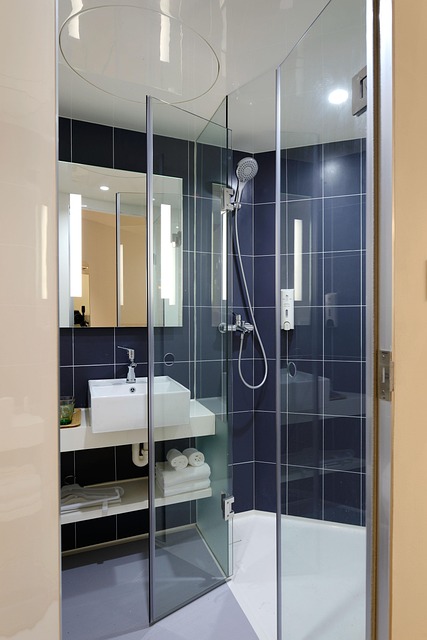
Choosing recycled bathroom materials for design or renovation projects offers an eco-friendly, aesth…….
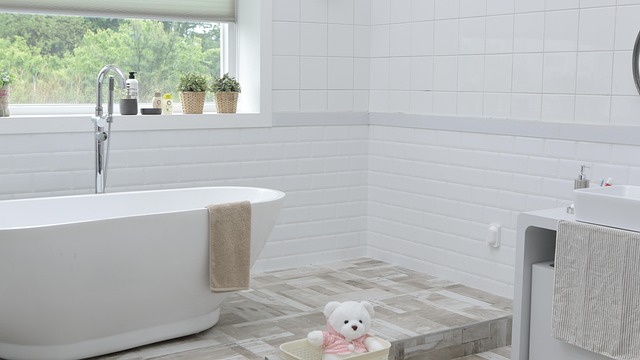
An eco-friendly bathroom design prioritizes sustainability with materials like bamboo, recycled glas…….
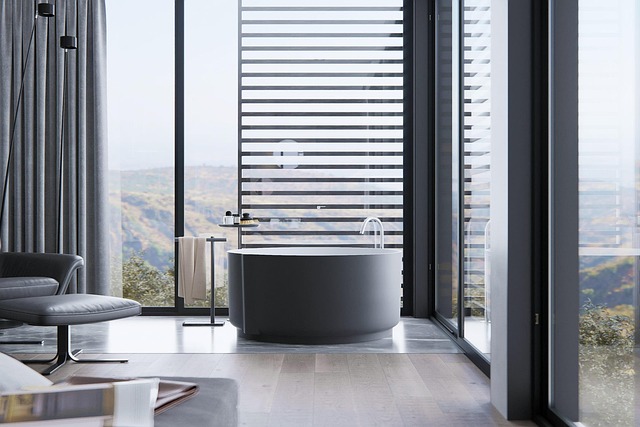
Growing environmental concerns have led to a rise in eco-conscious bathroom renovations, focusing on…….

Adopting eco-friendly lighting and ventilation solutions in bathrooms is crucial for sustainable liv…….
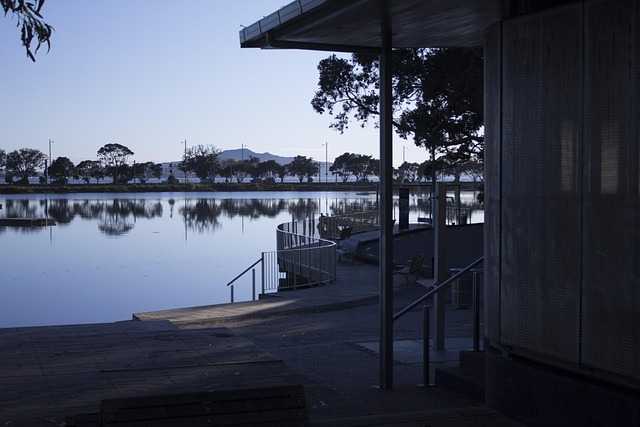
Water conservation is a global priority, driven by awareness of finite water resources. Low-flow sho…….

When remodeling your bathroom with an eco-conscious approach, prioritize sustainable materials like…….
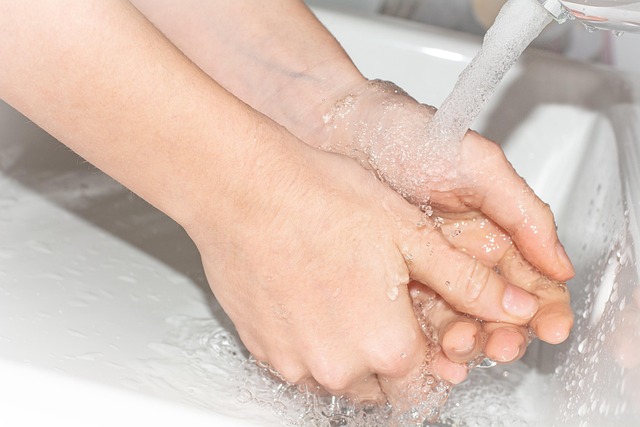
Green bathroom remodeling is a growing trend as homeowners embrace sustainable living by using eco-f…….